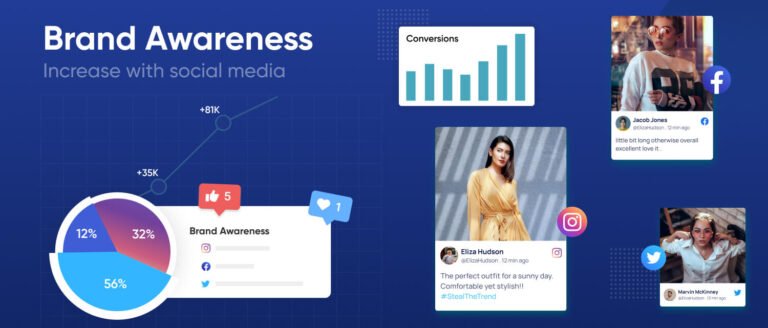Dynamic Ads: A Comprehensive Guide for Marketers
Dynamic ads are revolutionizing advertising by delivering personalized content tailored to each user’s interests and behavior. Imagine browsing your favorite store online and later seeing an ad featuring the exact product you considered—that’s the power of dynamic ads. Unlike static ads, they evolve in real-time, adapting to engage specific users more effectively.
By leveraging real-time data like demographics, location, and browsing habits, dynamic ads offer unmatched personalization. They enhance user experience, making ads feel helpful rather than intrusive. Whether on social media, podcasts, or search engines, dynamic ads blend seamlessly into content, driving higher engagement and conversions.

This guide will explore dynamic ads, their benefits, and actionable strategies to help you incorporate them into your marketing arsenal. Let’s get started!
Key Takeaways
- Dynamic ads utilize real-time algorithms to personalize content based on demographics, geolocation, and user behavior, significantly increasing engagement and conversion rates.
- Various formats of dynamic ads, including search, display, social media, and podcast ads, allow marketers to effectively target and retarget diverse audiences while enhancing the user experience.
- Measuring performance through metrics like click-through and conversion rates, along with continuous A/B testing, is essential for optimizing dynamic ad campaigns and ensuring maximum effectiveness.
Dynamic Ads for Marketers
Dynamic ads are a game-changer in the advertising world. They automatically adjust their content based on user behavior, making them highly personalized and effective. Dynamic banner ads take this personalization to the next level.
These ads generate content in real-time using algorithms that take into account user data, such as:
- demographics
- geolocation
- product preferences
- browsing behavior
This real-time adjustment ensures that the ad content remains relevant and engaging, significantly enhancing user interaction and conversion rates.
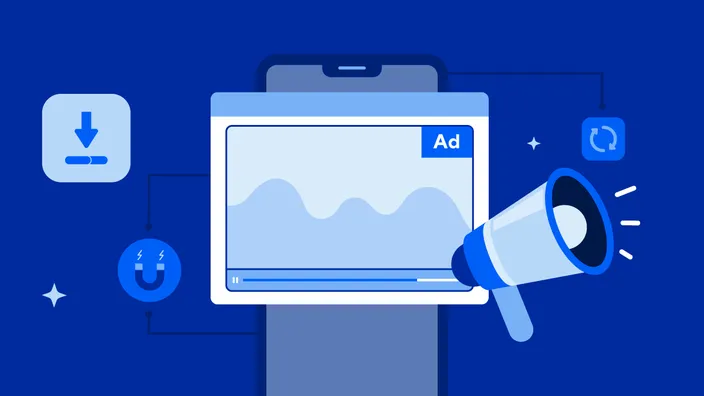
Unlike static ads, dynamic ads are versatile and can be customized for various marketing objectives, including brand awareness, driving traffic, and conversion. They are particularly effective in retargeting users based on their previous online behavior, making them a powerful tool for advertisers aiming to maximize their ad spend.
Understanding Dynamic Ads

Dynamic ads automatically adapt based on user behavior, generating real-time content that aligns with individual interests. This personalization is achieved by using a combination of user demographics, geolocation, product preferences, and browsing behavior. The automation of the ad creation process not only enhances efficiency but also allows marketers to better target their audiences, resulting in higher engagement and conversion rates. Dynamic ads are a versatile tool that can be tailored to various marketing objectives, including brand awareness, driving traffic, and conversion.
One of the key benefits of dynamic ads is their ability to fill in gaps in keyword-based campaigns, ensuring that relevant ad content is always presented to users. Unlike static ads, which remain unchanged regardless of user interactions, dynamic ads continuously update their content to stay relevant and engaging.
Their dynamic nature makes them invaluable for advertisers aiming to optimize their ad spend and achieve superior results. Whether you’re targeting new customer segments or retargeting previous visitors, dynamic ads offer a flexible and effective solution to your marketing needs.
Types of Dynamic Ads
Dynamic ads encompass various dynamic ad format, each designed to cater to different marketing needs and platforms. From dynamic search ads that appear on search engines based on website content to dynamic display ads that adjust their visuals based on user interactions, there is a wide range of options available to advertisers.
Social media platforms like Facebook and Instagram offer dynamic ads that promote products based on user activity and preferences, while dynamic podcast ads provide personalized audio content to listeners. Each type of dynamic ad offers unique benefits and opportunities for customization, making them a versatile tool in any marketer’s arsenal.
Dynamic Search Ads
Dynamic search ads are a powerful tool for reaching users based on the content of your website, rather than relying on specific keywords. Unlike traditional search ads, dynamic search ads do not require bidding on keywords; instead, they generate relevant ad content in real time to match users’ search queries. This allows advertisers to fill in gaps in their keyword-based campaigns and reach a broader audience. For best results, it is important to maintain a well-structured website with updated content, as the quality of your site significantly impacts ad performance.
The main benefit of using dynamic search ads is their ability to target audiences outside of existing keyword campaigns, saving time and increasing visibility. Expanded dynamic search ads (eDSA) offer even more customization and control, allowing for specific headlines and descriptions in the ads.
By leveraging the content of your website, dynamic search ads work to ensure that your ad content is always relevant and engaging to users, ultimately driving more traffic and conversions.
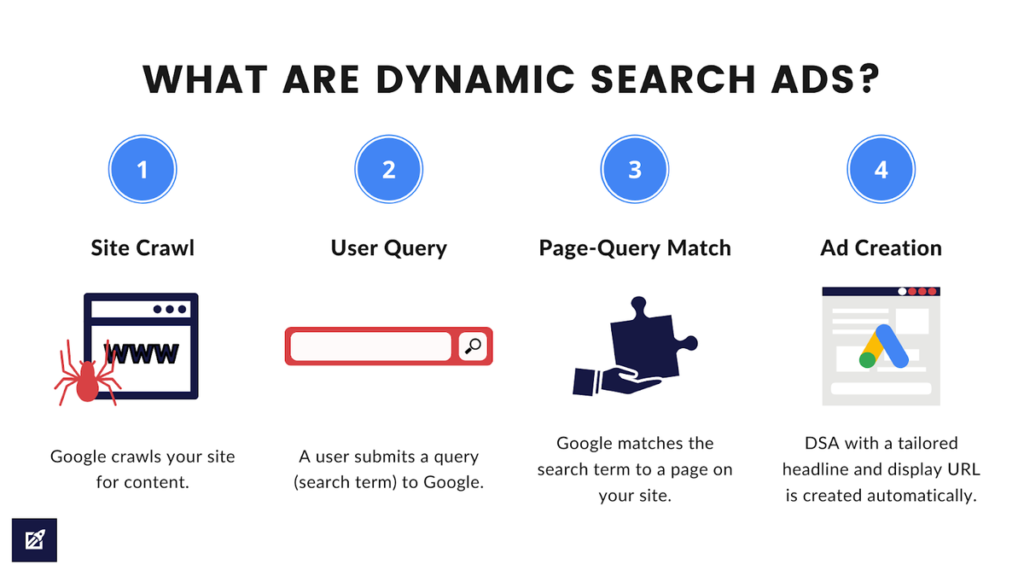
Dynamic Display Ads
Dynamic display ads adjust their content based on user interactions and behaviors across various digital platforms. These ads are particularly effective in delivering personalized content that resonates with individual users, making them more likely to engage with the ad and take the desired action.
Creating a feed for dynamic display ads is essential for providing personalized content to users. Including visual elements such as a logo and relevant icons can enhance brand recognition and make the ad more appealing. A custom background image can also help to catch the audience’s attention and make the ad stand out.
Using these visual elements, dynamic display ads can craft a more engaging and memorable user experience. This personalization not only improves user engagement but also increases the overall effectiveness of the ad campaign. Whether you’re targeting new customers or retargeting previous visitors, dynamic display ads offer a powerful tool for delivering personalized and impactful ad content.

Dynamic Social Media Ads
Platforms like Facebook and Instagram allow for dynamic ads that promote products based on user activity and preferences. These ads are ideal for brands with a large inventory, as they can effectively retarget users or reach a broader audience. Ad formats for Facebook dynamic ads include single image, carousel, stories, and collections, each offering unique ways to engage with users and showcase your products. Dynamic video ads can also be highly effective, incorporating interchangeable scenes, product images, overlay text, and calls to action (CTAs) to capture user attention and drive conversions.
Tapping into social media platforms and their extensive user data, dynamic social media ads can deliver highly personalized and relevant content. This not only improves user engagement but also increases the likelihood of conversions.
Whether you’re promoting a new product or retargeting previous visitors, dynamic social media ads offer a flexible and effective solution for reaching your marketing goals.
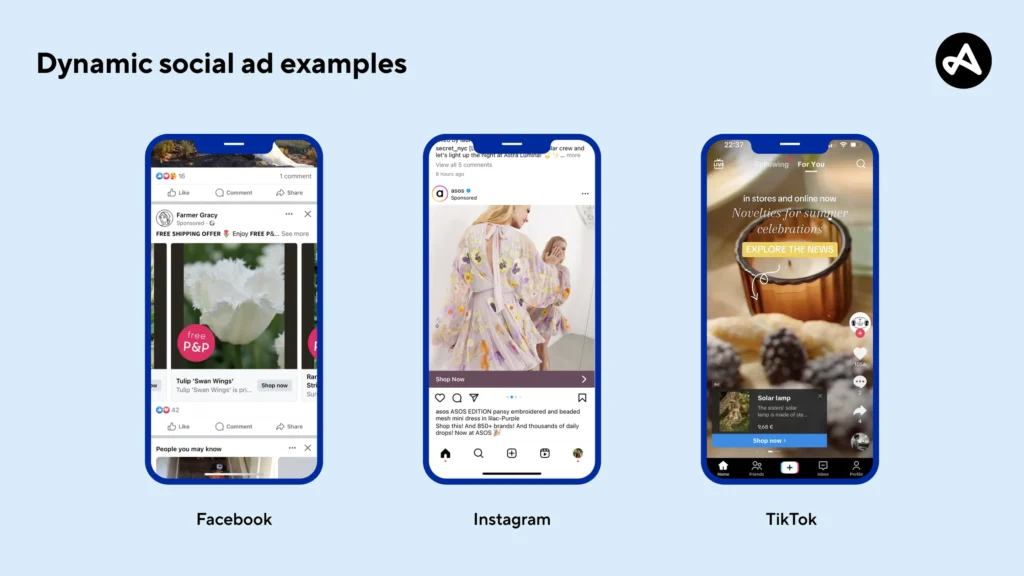
Dynamic Podcast Ads
Dynamic podcast ads are a unique and effective way to reach listeners with personalized audio content. These ads are inserted into podcasts based on user data and context, allowing for personalized greetings, location-specific offers, and relevant content. To be effective, dynamic podcast ads should be concise, clear, and attention-grabbing, with strong storytelling elements. Involving the podcast host can also enhance authenticity and create a stronger connection with the audience.
The ads change in real time based on listener behavior and context. They also take into account current events to keep the content relevant and engaging. Using dynamic podcast ads, advertisers can offer personalized and impactful audio content that resonates with listeners and prompts desired actions.
Whether you’re promoting a new product or retargeting previous listeners, dynamic podcast ads offer a powerful tool for reaching and engaging your audience.
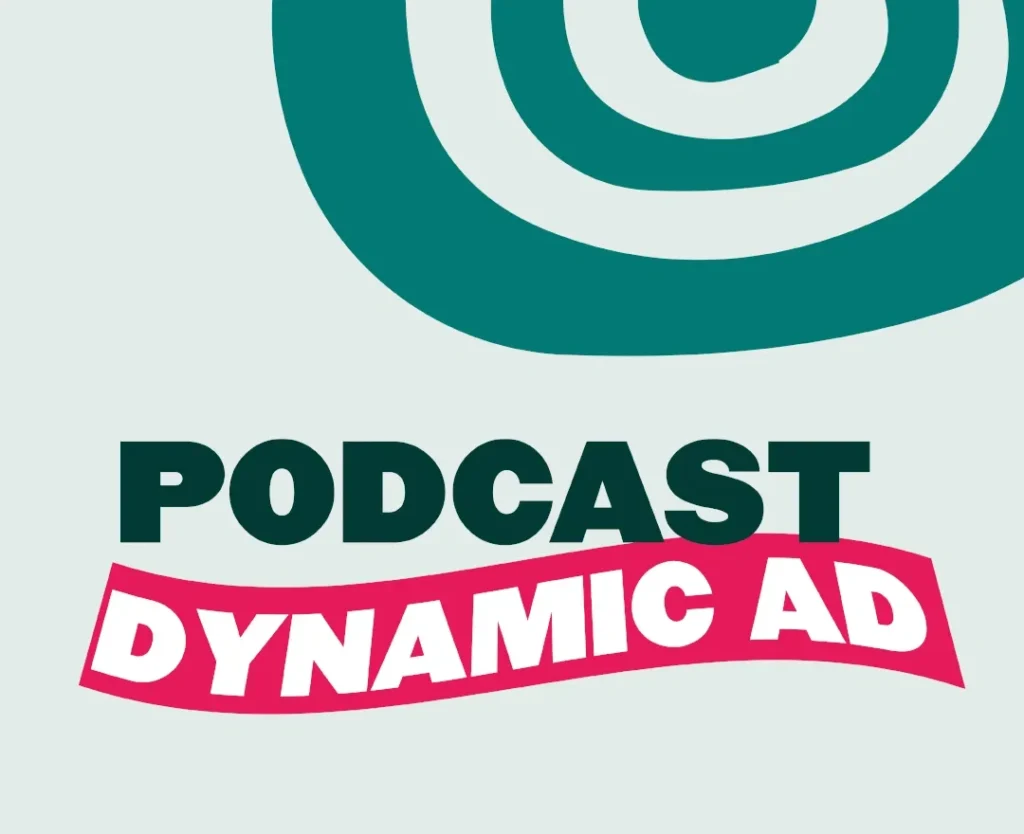
Creating Effective Dynamic Ad Campaigns
Dynamic ads can be rapidly launched and tailored for various marketing objectives, including increasing brand visibility and driving traffic. To create ads effectively, an effective dynamic ad campaign involves several key steps and considerations, from setting up the campaign to optimizing the ad content.
By leveraging the power of dynamic ads, marketers can create highly personalized and engaging campaigns that resonate with their target audiences and achieve their marketing goals.

Setting Up Dynamic Ads
When setting up a dynamic ad campaign, it is important to focus on clear ad descriptions that are relevant to your target audience. You can choose between targeting all pages of your site or specific categories of landing page, depending on your marketing objectives.
Dynamic ad groups enable the testing of multiple Dynamic Search Ads for effectiveness, ensuring that the most relevant and engaging ads reach users. These ads save time by automatically generating relevant headlines and content based on website data.
Dynamic ads can quickly target new customer segments and fill in gaps left by keyword-based campaigns to target broader audience groups. It is also important to utilize Google Tag Manager to effectively create remarketing lists and track user interactions.
Following these steps and best practices, marketers can establish dynamic ad campaigns that are efficient and effective, delivering personalized and engaging content to their target audiences.
Best Practices for Dynamic Ad Content
Dynamic ads automate the creation of personalized content, delivering targeted messages based on user behavior in the buying cycle. To boost user engagement, display ads should closely align with users’ search queries and interests. Dynamic ad creatives can include visual elements such as logos, relevant icons, and custom background images to create a more appealing and engaging presentation.
By following these best practices, marketers can create dynamic ad content that resonates with their target audience and drives desired actions. Personalization is key to the success of dynamic ads, as it ensures that the content is relevant and engaging to each individual user.
Whether you’re targeting new customers or retargeting previous visitors, dynamic ad content that is visually appealing and personalized will help you achieve your marketing goals.
Dynamic Creative Optimization
Testing various dynamic creatives is crucial for effective optimization of dynamic ads. To enhance the performance of personalized ads, it is crucial to continuously optimize your current personalized ads based on performance data. Utilizing automated bidding strategies can further optimize the performance of dynamic remarketing campaigns. Dynamic remarketing can be combined with targeting strategies, such as adding in-market audiences, to enhance campaign reach.
By thoroughly analyzing the performance of dynamic ads and adjusting strategies accordingly, marketers can achieve improved results and higher engagement. Dynamic creative optimization is an ongoing process of testing, analyzing, and refining ad content to keep it relevant and engaging for users.
This iterative approach allows marketers to maximize the effectiveness of their dynamic ad campaigns and achieve their marketing objectives.
Benefits of Dynamic Ads
Dynamic ads offer numerous benefits, making them more appealing to consumers and more effective for marketers. The primary advantage of dynamic ads is their ability to adjust content based on the user’s position in the buying process, thus increasing relevance. By delivering personalized content that resonates with individual interests, dynamic ads can significantly enhance engagement and conversion rates. In fact, dynamic ads can boost conversions by over 15% compared to traditional methods.
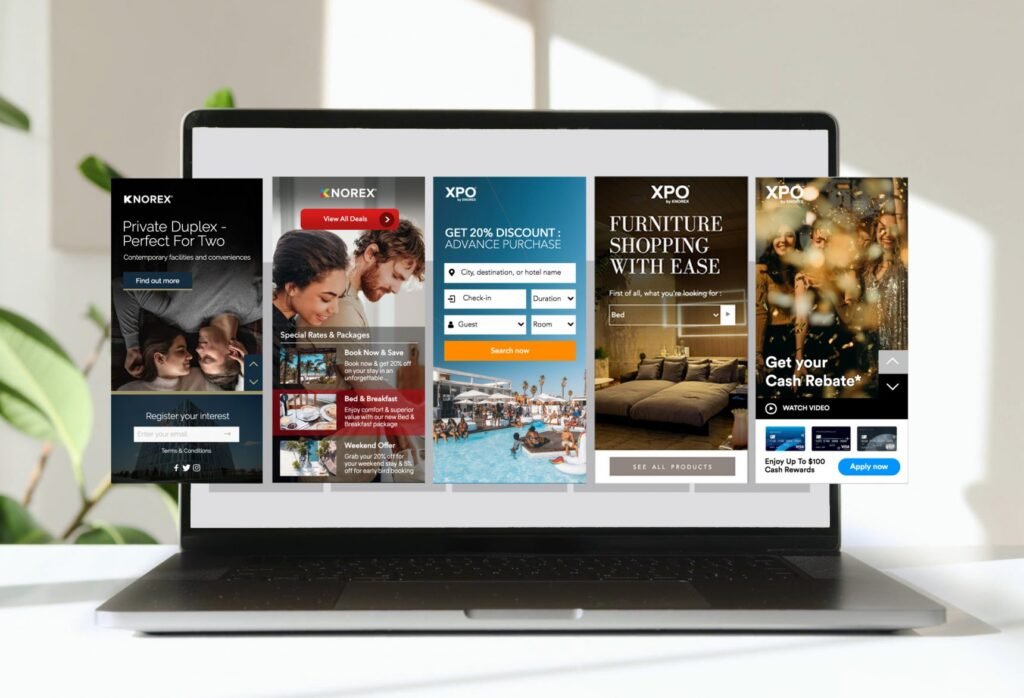
Employing dynamic ads can also significantly improve return on ad spend (ROAS) by delivering more targeted and relevant messaging to users. Personalizing ads based on user behavior can further enhance conversion rates, making dynamic ads a powerful tool for achieving marketing goals.
By continuously refining personalized ads based on performance data, marketers can ensure that their dynamic ad campaigns remain effective and impactful. Whether you’re looking to enhance brand visibility, drive website traffic, or convert leads, dynamic ads offer a versatile and effective solution.
Dynamic Remarketing Ads
Dynamic remarketing ads are designed to retarget users who have previously interacted with your website, encouraging them to complete their purchase or take another desired action. These ads work by leveraging a product feed that contains detailed information about products along with user data to tailor ads to individual visitors based on their past interactions. This level of personalization makes dynamic remarketing ads particularly effective in re-engaging potential customers who have shown interest in your brand’s products or services.
Compared to static ads, dynamic remarketing ads typically outperform in retargeting efforts, as they are intended to engage users with content that is highly relevant to their previous browsing activity. By using dynamic remarketing ads in your campaigns, you can effectively reach and re-engage potential customers, driving higher conversion rates and maximizing the return on your ad spend.
Leveraging LinkedIn Dynamic Ads
LinkedIn dynamic ads offer a unique opportunity for advertisers to leverage LinkedIn’s rich profile data to create highly personalized and engaging ads. These ads can target user attributes such as demographics, location, work experience, company, and job title, making them highly effective for B2B marketing. By using personalized dynamic ads on LinkedIn, marketers can boost awareness, engagement, and conversions, building stronger relationships with prospects.
The LinkedIn marketing team utilizes dynamic ads to achieve various marketing objectives, and these campaigns can be launched quickly using automatically populated dynamic ads.
Spotlight Ads
Spotlight Ads on LinkedIn are highly effective for promoting events and driving traffic to your website. These ads utilize LinkedIn profile data to create personalized content that resonates with individual users, making them more likely to engage with the ad and take the desired action. By leveraging the power of personalization, Spotlight Ads can significantly increase the visibility and engagement of your events, products, or services.
Using Spotlight Ads can help you reach a broader audience and achieve your marketing objectives more effectively. Whether you’re promoting a webinar, a product launch, or an industry event, Spotlight Ads offer a powerful tool for driving traffic and engagement on LinkedIn.
Follower Ads
LinkedIn Follower Ads are designed to increase your follower count and engagement on the platform. These ads allow marketers to quickly create personalized ads targeting the exact audience they want to reach. By leveraging LinkedIn’s rich profile data, Follower Ads can deliver highly relevant content that encourages users to follow your company page and engage with your content.
Increasing your follower count on LinkedIn can enhance your brand’s visibility and credibility, making it easier to reach and engage with potential customers. By using Follower Ads, you can build a larger and more engaged audience, ultimately driving better results for your LinkedIn marketing campaigns.
Measuring and Optimizing Dynamic Ad Performance
Measuring the success of dynamic ads is crucial for gaining insights into their effectiveness and optimizing your strategies. Advertisers can use tools like Campaign Manager to evaluate the performance of their dynamic ad campaigns, allowing them to make data-driven decisions and refine their strategies for better ROI.
Robust attribution can help determine which ads and channels are driving the most conversions, enabling marketers to optimize their ad spend and achieve better results.

Conversion Tracking
Tracking conversions is essential for determining the effectiveness of dynamic ads in achieving your marketing goals. Tools like the Facebook Pixel allow marketers to track user actions on their website post-ad interaction, facilitating effective conversion tracking. By setting up conversion tracking in tools like Google Ads, you can track specific conversions and handle varying transaction values, providing valuable insights into the performance of your dynamic ad campaigns.
Clarins, for instance, conducted a Meta conversion lift study to gauge the impact of their ads on online sales and search volumes, highlighting the effectiveness of conversion tracking in optimizing ad performance.
By leveraging these tools and techniques, you can ensure that your dynamic ad campaigns are driving the desired results and continuously improving your marketing strategies.
Analyzing Ad Performance
Key metrics like click-through rates and conversion rates are critical for assessing the success of dynamic ads. Monitoring these metrics provides valuable insights into user engagement and the overall return on investment from your dynamic advertising campaigns. Effective analysis of these metrics can lead to better strategic decisions and improved ad performance.
Conducting A/B tests on various dynamic creatives can reveal which elements drive better engagement, allowing you to optimize your ads for maximum effectiveness. By continuously analyzing and refining your dynamic ad campaigns based on performance data, you can ensure that your ads remain relevant and engaging to users, ultimately driving better results for your marketing efforts.
Case Studies and Success Stories
Dynamic ads have proven to be a powerful tool for many brands, delivering impressive results in terms of engagement and conversion rates. For instance, Kérastase Middle East significantly enhanced their search traffic through targeted ad campaigns on Facebook and Instagram. Europcar Mobility Group reported an increase in car rental bookings through a Meta Advantage+ shopping campaign.
VistaPrint achieved increased purchases by leveraging Meta Advantage+ catalog ads, resulting in enhanced catalog match rates. Homebox expanded its customer reach and boosted sales by implementing a Meta Moment Maker package.
These success stories demonstrate the effectiveness of dynamic ads in achieving various marketing objectives and provide valuable insights and best practices for other marketers to follow.
Conclusion
Dynamic ads offer a versatile and effective solution for modern marketers, providing personalized and engaging content that resonates with individual users. By leveraging the power of dynamic ads, you can enhance your marketing efforts, increase engagement, and drive better results. From understanding the different types of dynamic ads to creating effective campaigns and optimizing performance, this guide has provided you with the knowledge and tools needed to master dynamic ads. Embrace the power of dynamic ads and take your marketing strategy to the next level.
Frequently Asked Questions
Disclosure: Our blog contains affiliate links to products. We may receive a commission for purchases made through these links. However, this does not impact our reviews and comparisons. We try our best to keep things fair and balanced, in order to help you make the best choice for you.

